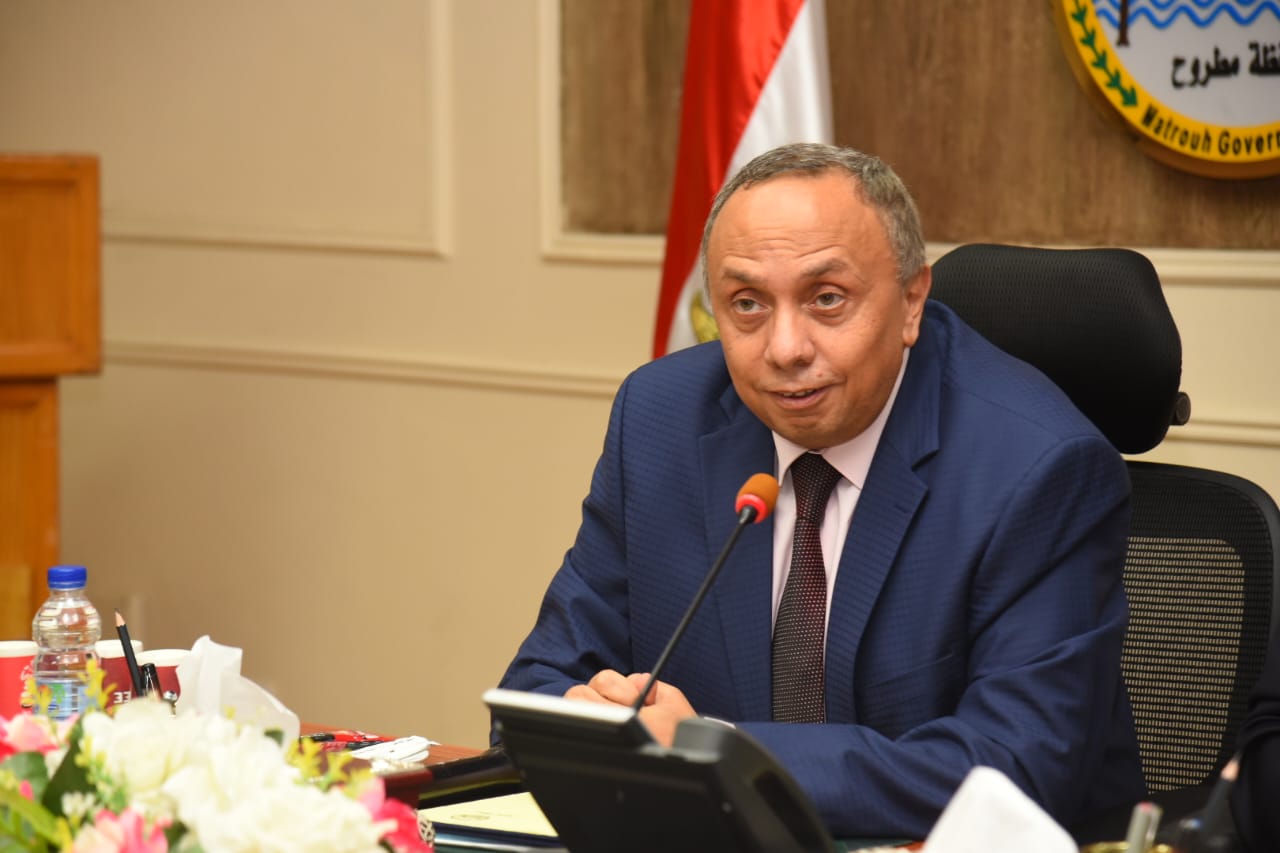Tsunami Hazard Department (THD)
Vision:
The vision of a Tsunami Hazard department would likely center around mitigating the risks posed by tsunamis to Egyptian coastal communities and infrastructure. Here’s a possible vision statement:
“Our vision is to create resilient Egyptian coastal communities, where the threat of tsunamis is understood, minimized, and effectively managed. Through cutting-edge research, advanced warning systems, community education, and international collaboration, we aim to reduce the impact of tsunamis on lives, livelihoods, and ecosystems. Our department strives to be a global leader in tsunami hazard assessment, preparedness, and response, ensuring that vulnerable regions are equipped with the knowledge and tools necessary to mitigate risks and enhance resilience in the face of these natural disasters.”
Tsunami Hazard Department Focus Area Such as:
- Research and Monitoring: Conducting ongoing research to better understand tsunami generation, propagation, and coastal inundation patterns. This involves monitoring seismic activity, oceanic conditions, and underwater topography to improve early warning systems.
- Early Warning Systems: Developing and maintaining robust early warning systems that can rapidly detect tsunamigenic earthquakes and disseminate timely alerts to at-risk communities, allowing for evacuation and preparedness measures.
- Community Outreach and Education: Engaging with coastal communities to raise Egyptian awareness about tsunami hazards, disseminate preparedness information, and conduct drills and exercises to ensure that residents know how to respond effectively in the event of a tsunami.
- International Collaboration: Working closely with other countries, regional organizations, and international agencies to share data, expertise, and best practices for tsunami risk assessment, preparedness, and response on a global scale.

